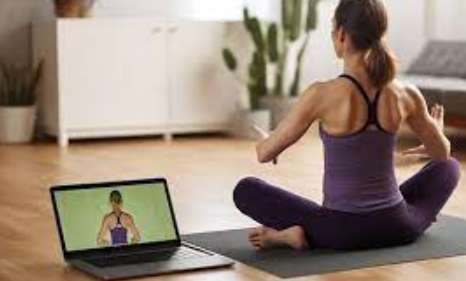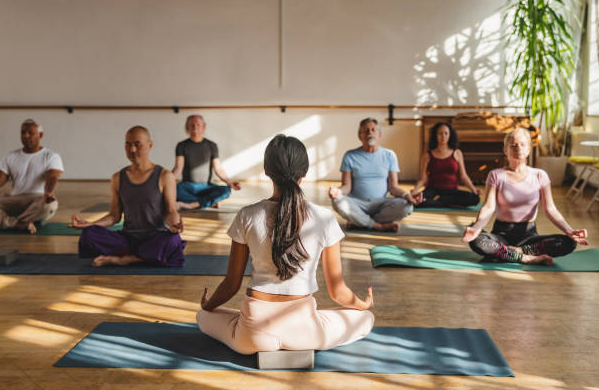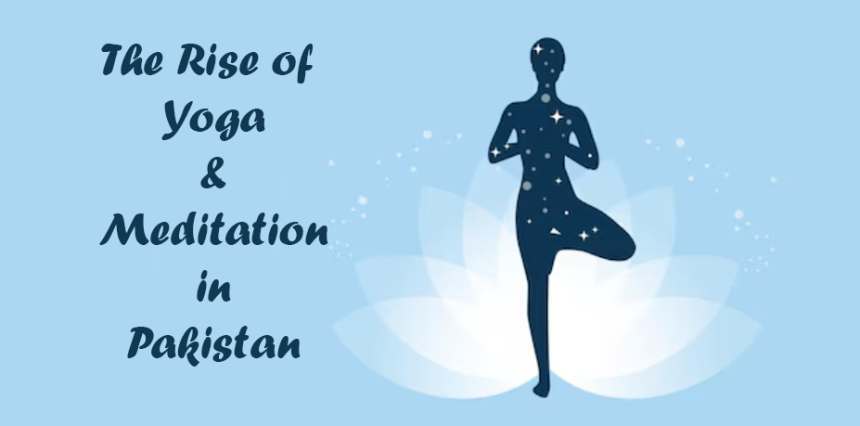Written by Rikhtiya — Discovering Secret Facts
Introduction
In recent years, Pakistan has witnessed a growing interest in wellness practices. Among these, yoga and meditation have become particularly popular. This rise is not just a trend; it reflects a shift toward holistic health and mental well-being. In this article, we explore the evolution of yoga and meditation in Pakistan through real stories and experiences.
Why Yoga and Meditation Are Gaining Popularity
A Need for Mental Peace
With increasing urban stress, people are searching for ways to find inner calm. Yoga and meditation offer effective tools to manage anxiety and emotional pressure.
Global Influence and Digital Access
The spread of digital media has played a key role. Online classes, mobile apps, and social media have made wellness practices more accessible than ever before.
Health Benefits
Research-backed benefits like improved flexibility, better posture, reduced depression, and increased mindfulness are motivating many to adopt yoga and meditation.
Real Stories from Across Pakistan
Lahore: A Corporate Turned Yogi
Sana, a 32-year-old marketing executive in Lahore, shares her journey:
“I started yoga during the lockdown. It began as a way to stay active indoors, but soon it became my daily escape from stress. Now, I practice it every morning, and I even trained to become a certified instructor.”
Karachi: Meditation in the Tech World
Ali, a software developer in Karachi, found meditation life-changing:
“Working 12-hour days left me exhausted and anxious. A friend suggested meditation. I started with 5 minutes a day using a free app. Six months later, I feel more focused and calm—even during crunch times.”
Islamabad: Yoga in Schools
Some schools in Islamabad have introduced yoga as part of their physical education programs. Teachers report improved student concentration, emotional regulation, and better classroom behavior.
Challenges Faced by Practitioners
Cultural Misconceptions
Despite the benefits, some still associate yoga with religious or foreign practices. Educating communities about its health-focused approach remains a challenge.
Lack of Certified Trainers
While interest is growing, there is still a shortage of certified yoga and meditation trainers in Pakistan. This creates gaps in quality and consistency.
Limited Local Resources
Access to quality mats, books, and studios is still limited in smaller cities. However, the online marketplace is slowly bridging this gap.
The Role of Social Media and Influencers

Digital Empowerment
YouTube channels, Instagram pages, and TikTok videos are spreading awareness. Influencers often share tips, daily routines, and live sessions to engage audiences.
Community Building
Online yoga communities are growing, where people share experiences, motivate one another, and participate in virtual wellness challenges.
How to Get Started with Yoga and Meditation

Start Small
Begin with just 5–10 minutes a day. Use beginner-friendly YouTube channels or mobile apps like Headspace, Insight Timer, or Daily Yoga.
Set a Routine
Practice at the same time every day. Early mornings or evenings often work best.
Listen to Your Body
Always pay attention to your body. Don’t push yourself too hard. Progress will come with consistency.
Final Thoughts
The rise of yoga and meditation in Pakistan is a powerful movement toward better mental and physical health. From bustling cities to quiet towns, people are embracing these ancient practices in modern ways. Real stories from everyday Pakistanis show that wellness is not just a luxury—it’s becoming a way of life.
FAQs Is yoga allowed in Islam?
Yes, many Islamic scholars agree that yoga can be practiced for health and wellness, as long as religious elements are excluded.
Are there yoga studios in Pakistan?
Yes, yoga studios are available in major cities like Lahore, Karachi, and Islamabad, offering both in-person and online classes.
Can I learn meditation for free?
Absolutely. Many free apps and YouTube tutorials can guide you through the basics.






